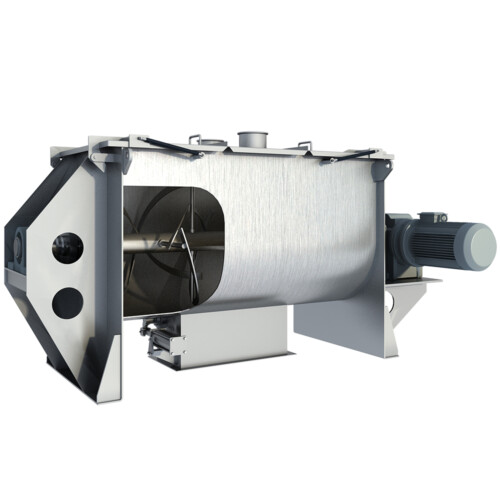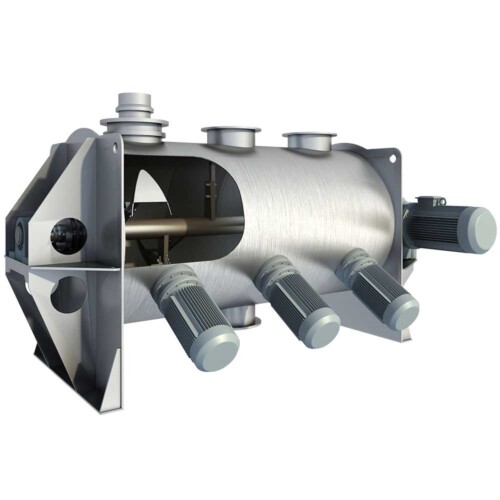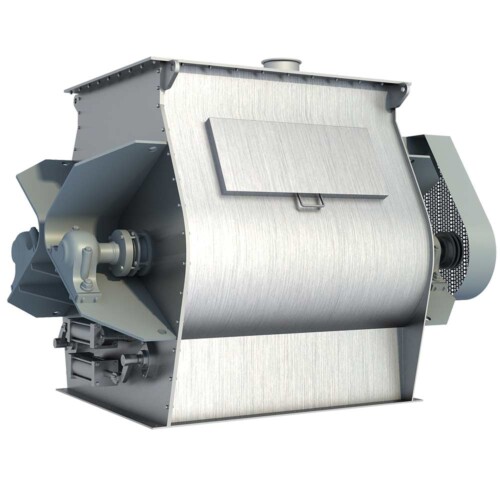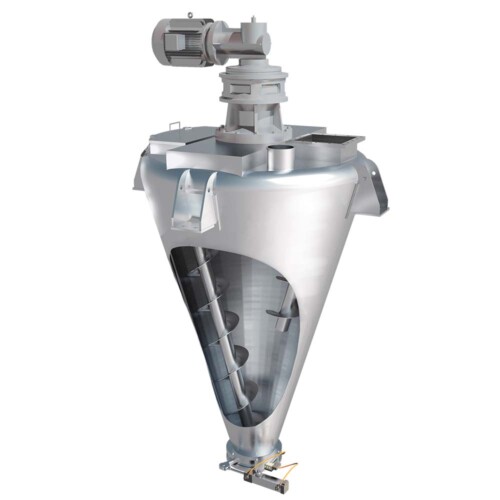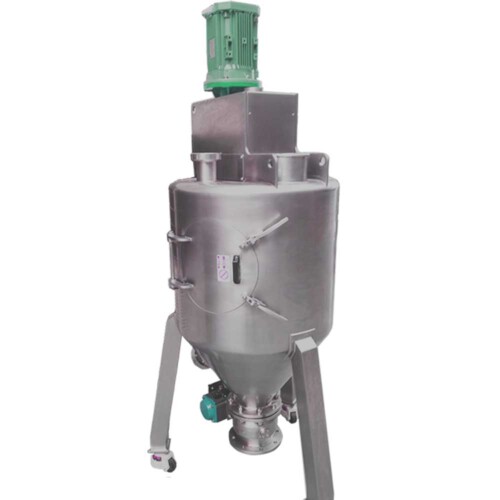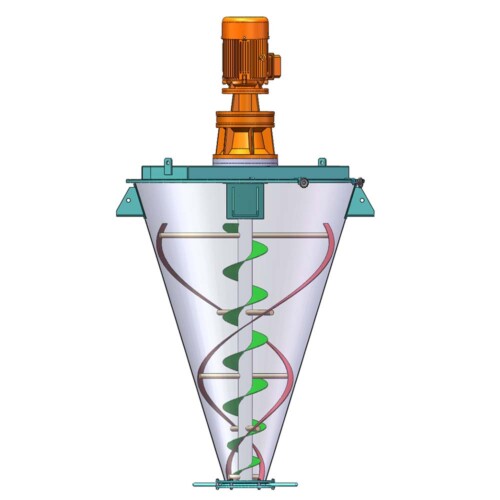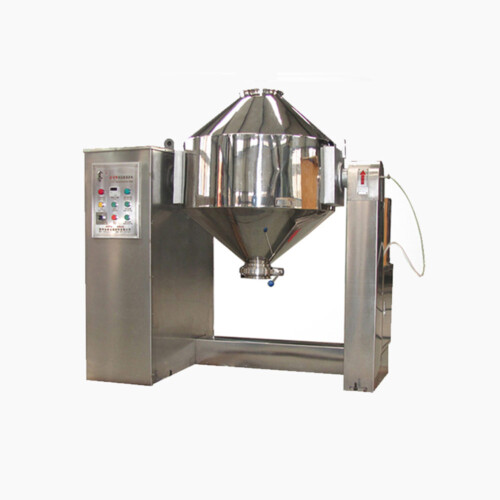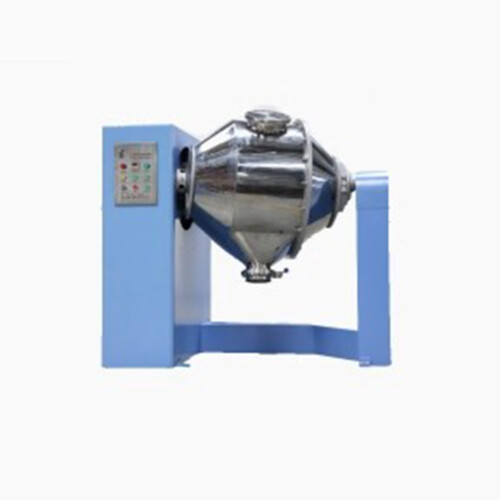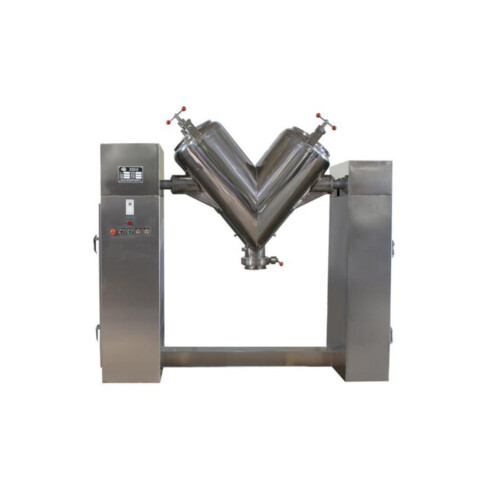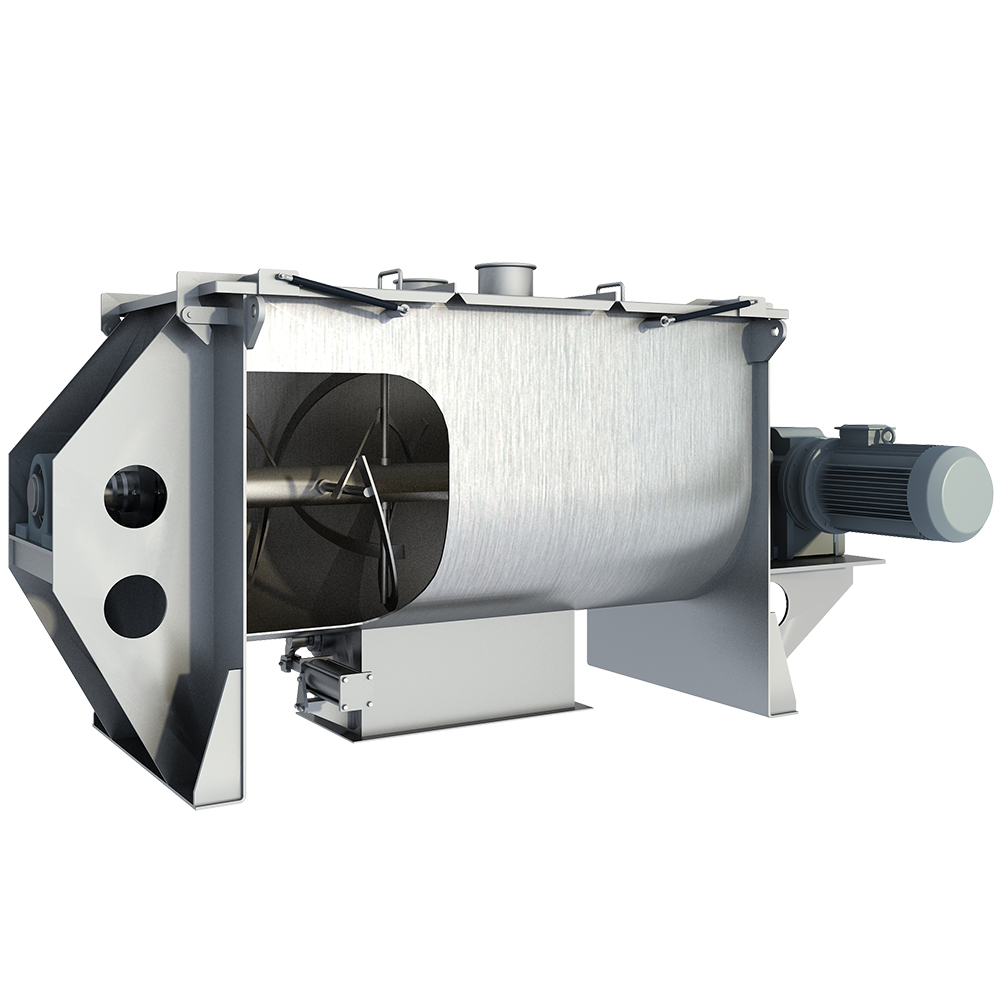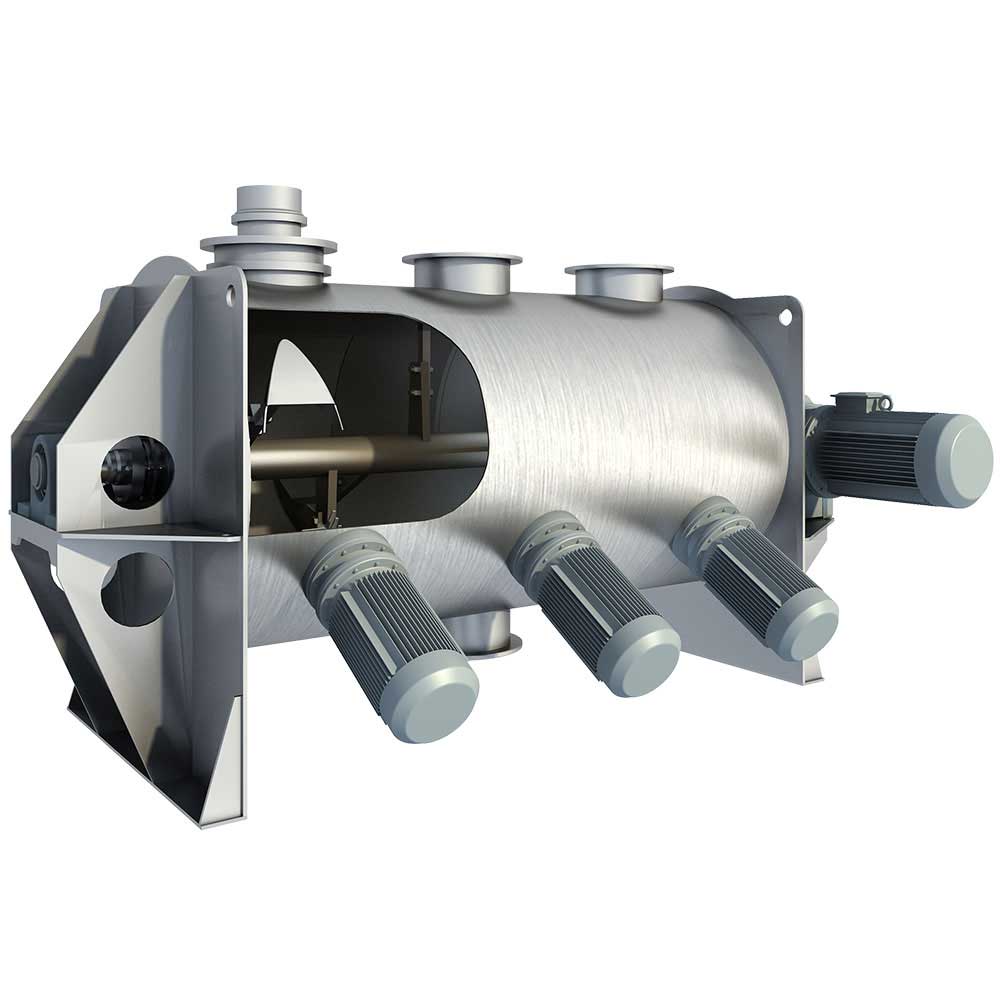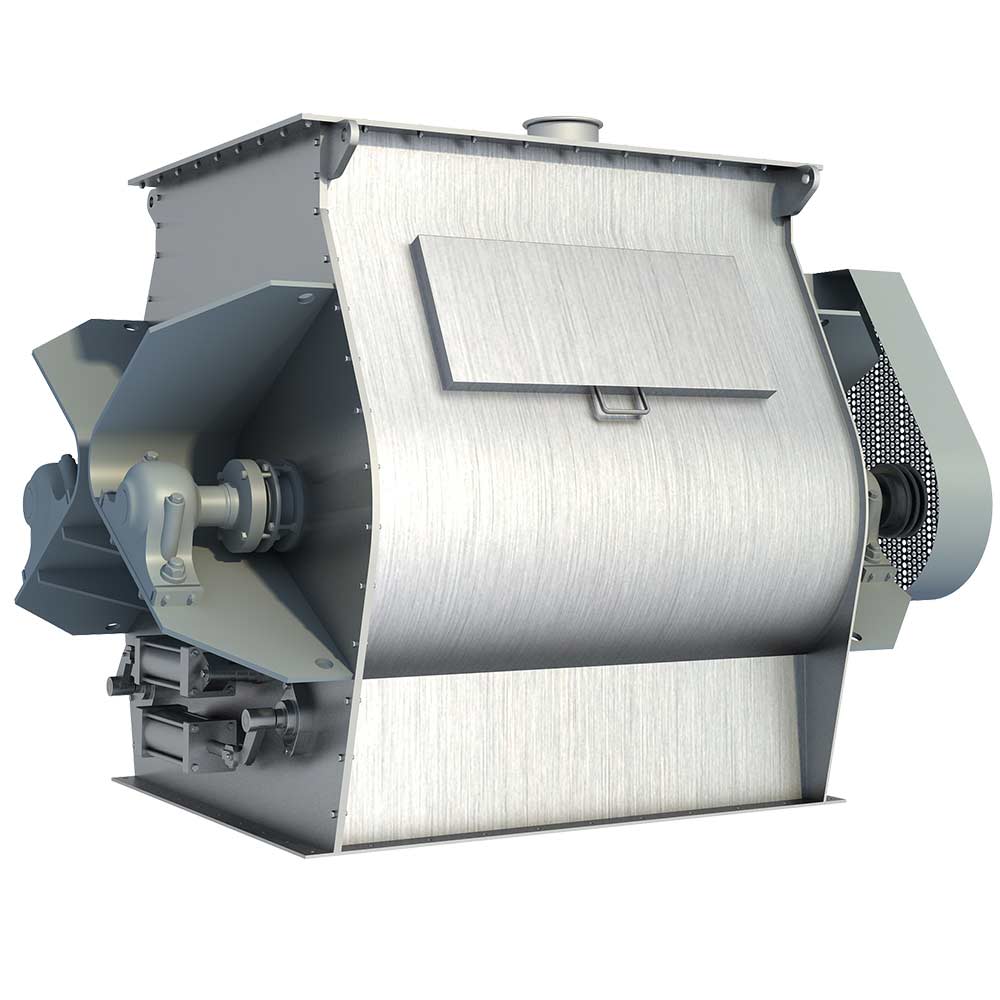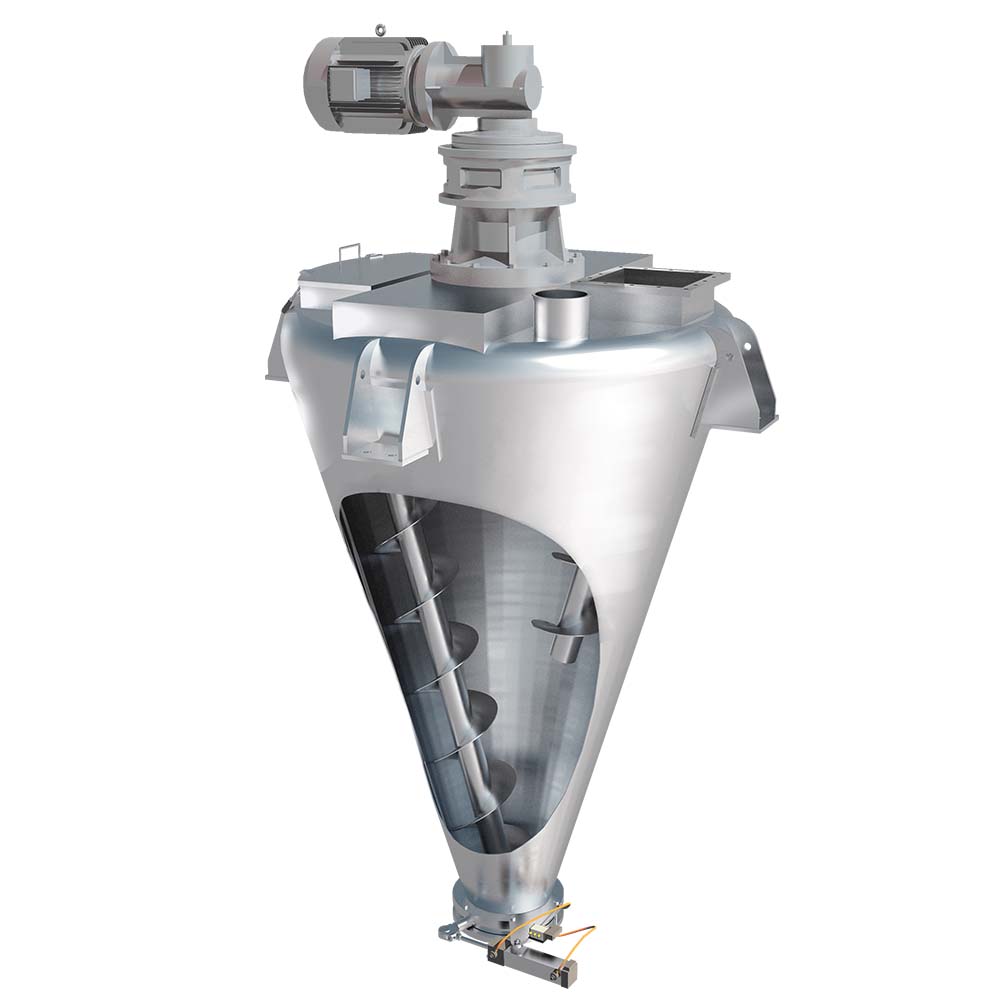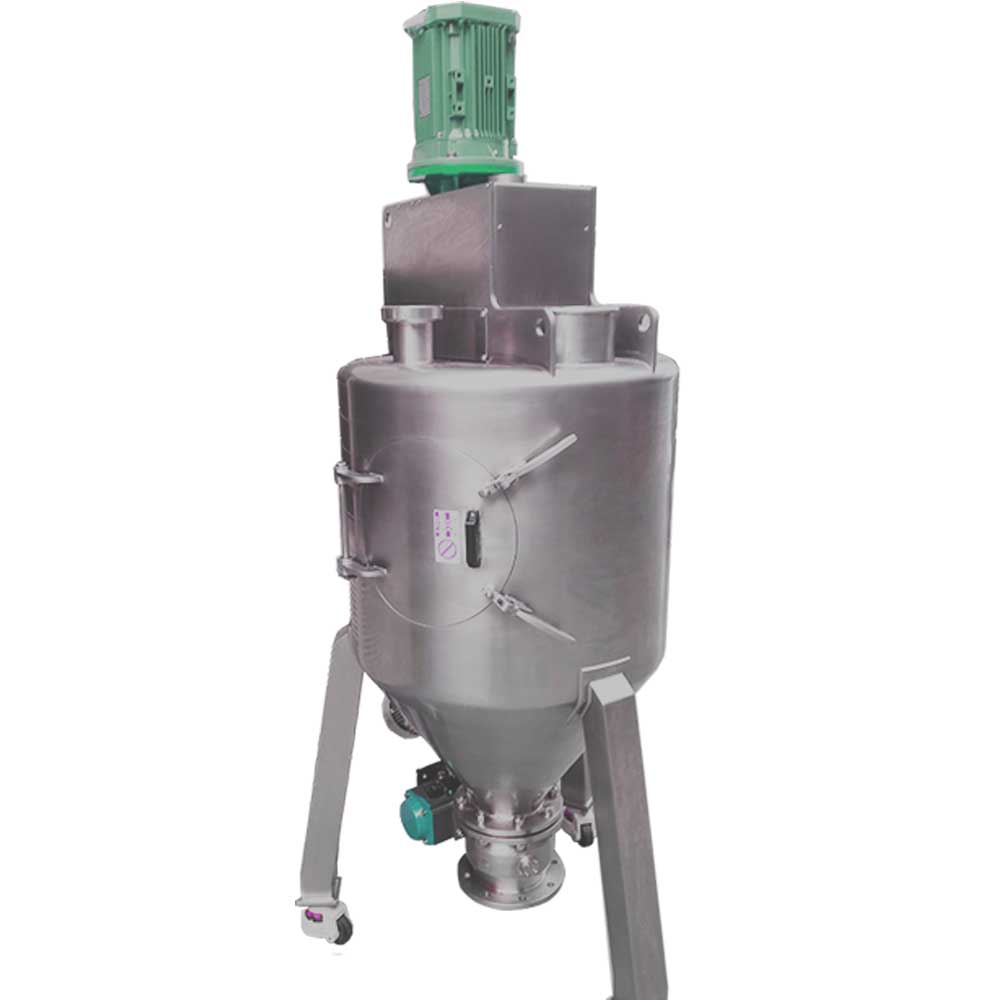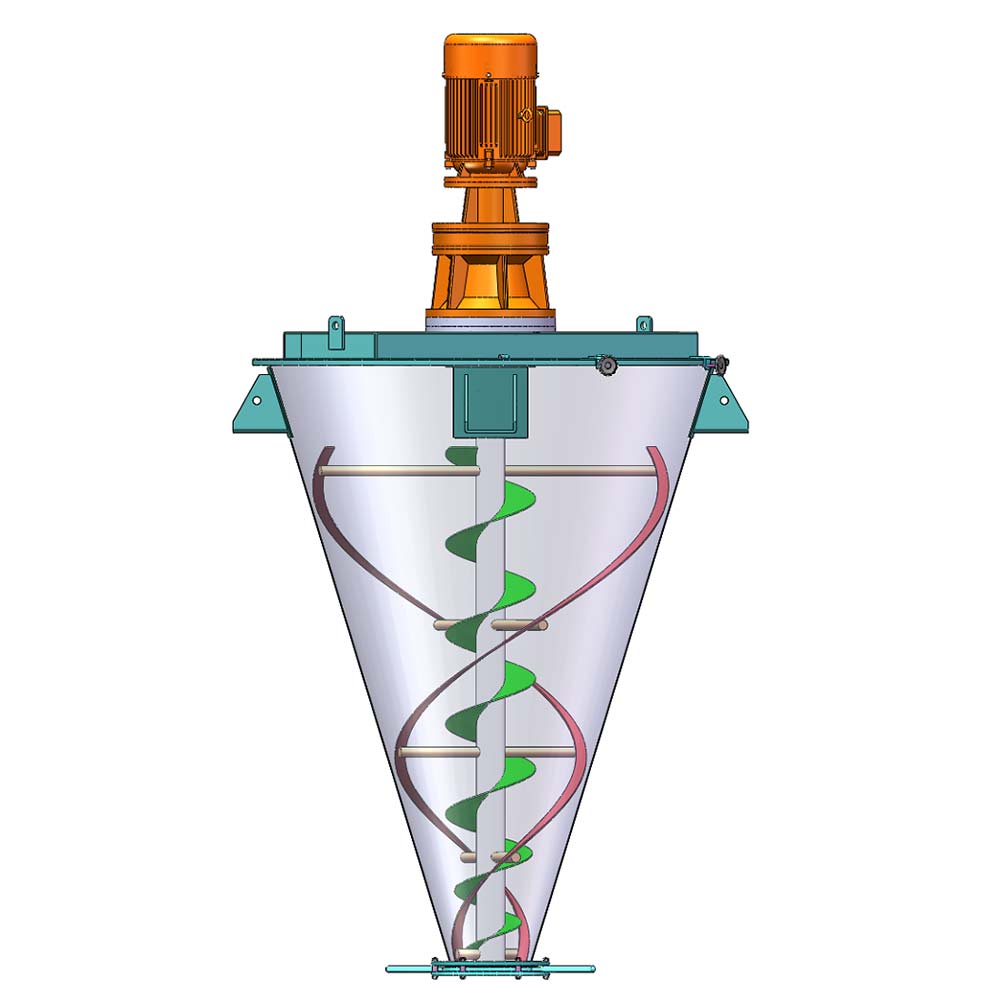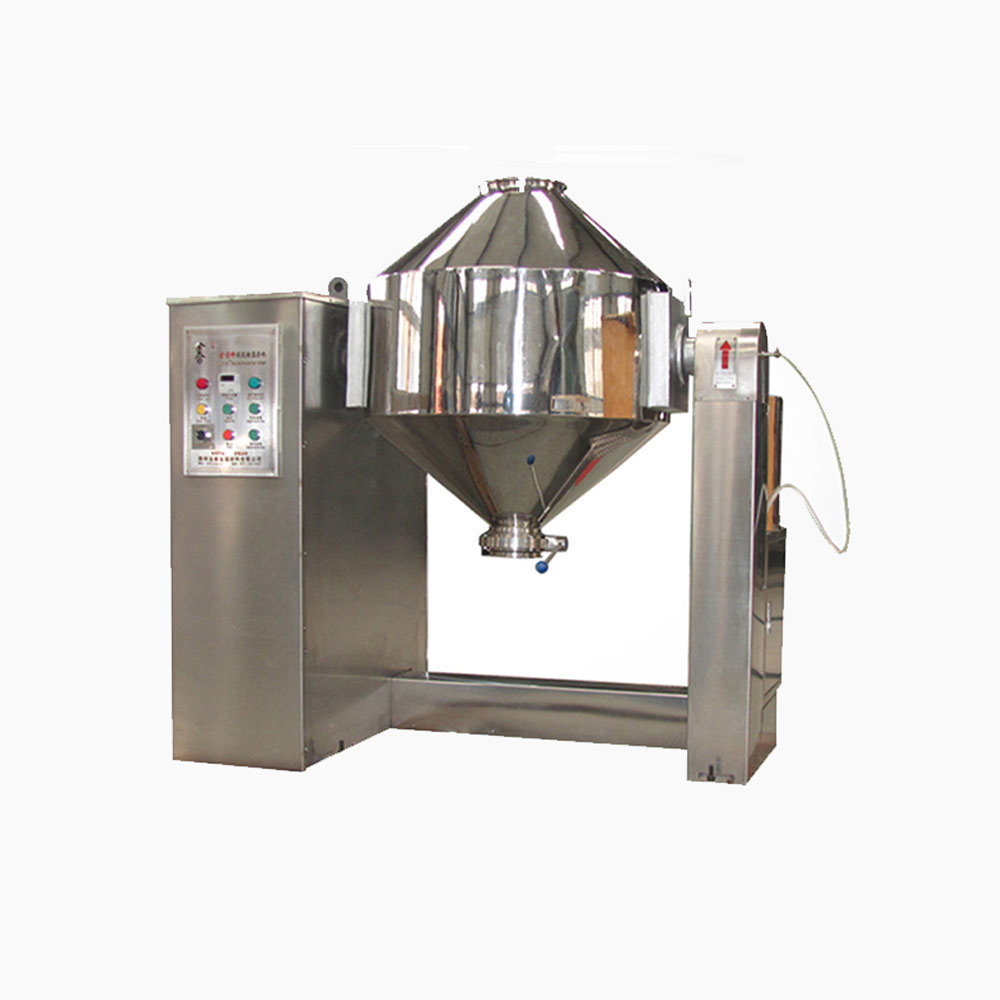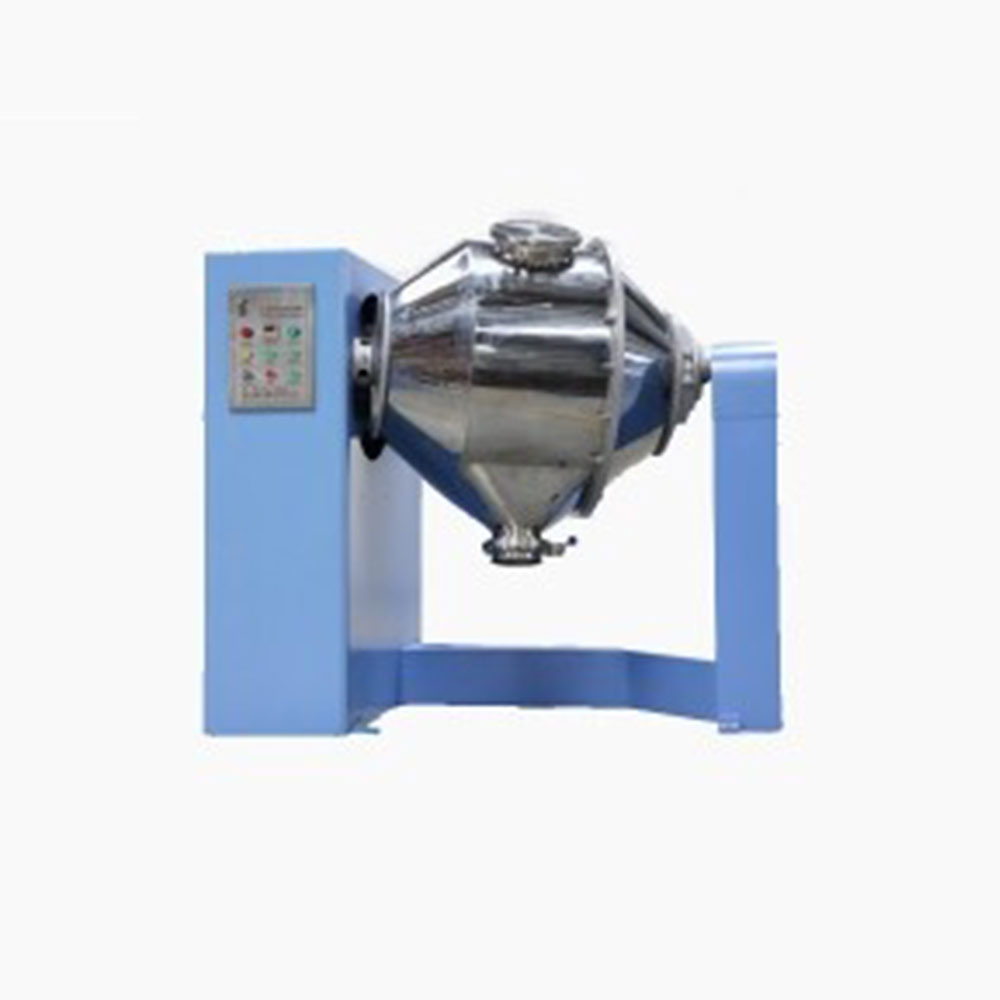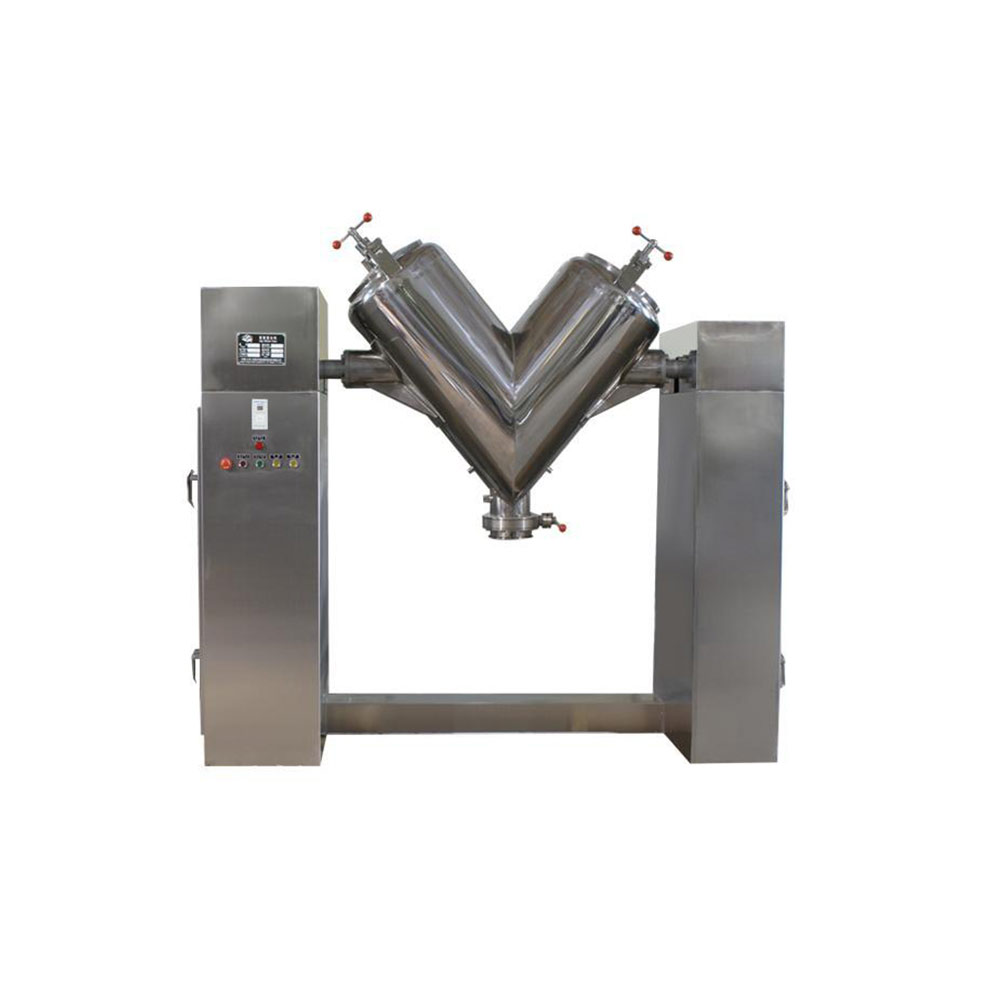Ask An Expert
Frequently Asked Questions
Yes, We can supply simple stand alone panels or automated PLC controlled systems. We normally install and test all controls on our mixers before they are shipped.
Yes, we normally test the mixers before they are shipped and mark out the wire need to connect on the control box.
We manufacture specialty mixing equipment for powder & bulk materials. Included are ribbon blender, plough mixer, conical screw mixer, twin shaft paddle mixer, V blender, double cone blender and other auxiliary equipment such as screw conveyor, quantitive auger filler.
We sell across the world, our cusotmers distribute 5 continents.
Share Us With Your Network
Glass, Cements, Ceramics and Metals
Glass, Cements, Ceramics and Metals Mixing Solutions
•Ceramic Formulations – Metal or ceramic Injection molding is a process used for forming intricate parts in a wide variety of alloys, steels, carbides and ceramic compounds. The process begins by making a mixture of a desired metal or ceramic powder with a binding agent such as a polymer, wax or resin. The resulting mixture is usually a viscous paste at elevated temperatures that will solidify when cooled. This metal or ceramic paste is injected into a mold where it takes a desired shape before being ejected. The binder is carefully stripped off from the part, leaving a skeleton of metal or ceramic powder which is then heated to melt strong bonds between adjacent particles. The accuracy and strength of injection molded pieces rely on the quality of the molding compound mixture. If dispersion quality is poor, the resulting part could be warped, weak or not formed correctly. Planetary Mixers are highly successful at producing good dispersions with high viscosity, high density molding compounds. Heat is evenly applied to these compounds by hot oil recirculating through the jacketed mix can.
•Energetics and Propellants -Planetary Mixers and Vertical Blenders are popular choices for mixing and drying of energetics and propellant formulations. Discharge is fairly simple on the V-Blender as it is designed for complete discharge. We offers features such as solvent-resistant elastomers, lock-wired hardware in the product zone, tight clearances between stirrers and mix can, elaborate explosion-proof local and remote PLC controls, intrinsically safe vacuum/pressure transducer, grounding straps and explosion-proof camera and light assembly, among others.
•Enamel and Enamel Mediums – used for decorating of ceramics and glass products and for automotive glass applications. Traditional mixing utilizes single shaft Cowles blades or combinations of dispersers and anchors. Due to difficulty encountered in achieving the proper dispersion in a reasonable amount of time, our customers tried the PowerMix and found very good results.
•Epoxy and Glass Bead Molding Compounds – epoxy and glass spheres are easily mixed and dried in a Double Planetary Mixer. These compounds are used for a variety of vacuum form molds.
•Glass Powder Compounds – free-flowing glass powders, colorants and solid wax polymers are heated and mixed in a jacketed Ross Double Planetary Mixer. The dry blend is ultimately mixed into a binder and pressed to form a solid glass body. In the dry batching process of fine glassware, the advantages of using a Ross Ribbon Blender manifest in fast mixing, low head room and dust-tight construction (or vacuum, if required).
•Molten Metal Slurries – Our company is a reliable supplier to major players in the metals industry, many of whom demand very special mixer features for their sensitive products. One such application is the processing of molten metals which required temperatures upwards of 350F, double mechanicals seals for all agitators with complete seal support system, extra head space in the mix can, interchangeable dispersers and rotor/stators and Type Z gas-purged control panel.
•Brazing Slurries – Aluminum, copper, silver, nickel and other alloy-based brazing and soldering pastes are used in the metal and electronics industries. Customers formerly using single planetary mixers to mix the powder metals and vehicles noticed a tremendous amount of air incorporated into each batch. This air can manifest in voids in the finished filled syringes that are used in the application of brazing and soldering pastes. Vacuum-rated Ross Double and Hybrid Planetary Mixers are proven more successful at making void-free product and also at processing the binders that are later used in the manufacture of metal pastes and brazing materials. Discharge Systems are also appropriate for clean and quick extrusion of these products after vacuum mixing.
•Refractory Linings – A high-volume supplier to the steel industry utilizes a 385-cu.ft. Ribbon Blender to blend magnesium oxide, silicon dioxide and other minor ingredients (binders, foaming agents, etc). The resulting blend is a lightweight, low-density, basic slurry which is later mixed with water and sprayed to the surfaces of tundishes and furnaces. On curing, the lining develops a bond with liquid steel as the latter is strained of impurities, passes through the bottom of the furnace and eventually flows into a cooled mold or die.
•Tungsten Carbide Powders – The Double Planetary Mixer is extremely successful in blending a slurry of these extremely dense materials, then vacuum drying the batch to form a light, fluffy powder.
•Water-based Castable Cements – used in the glass and aluminum casting industries.Planetary Vacuum Mixers produce high quality cements with zero porosity.

